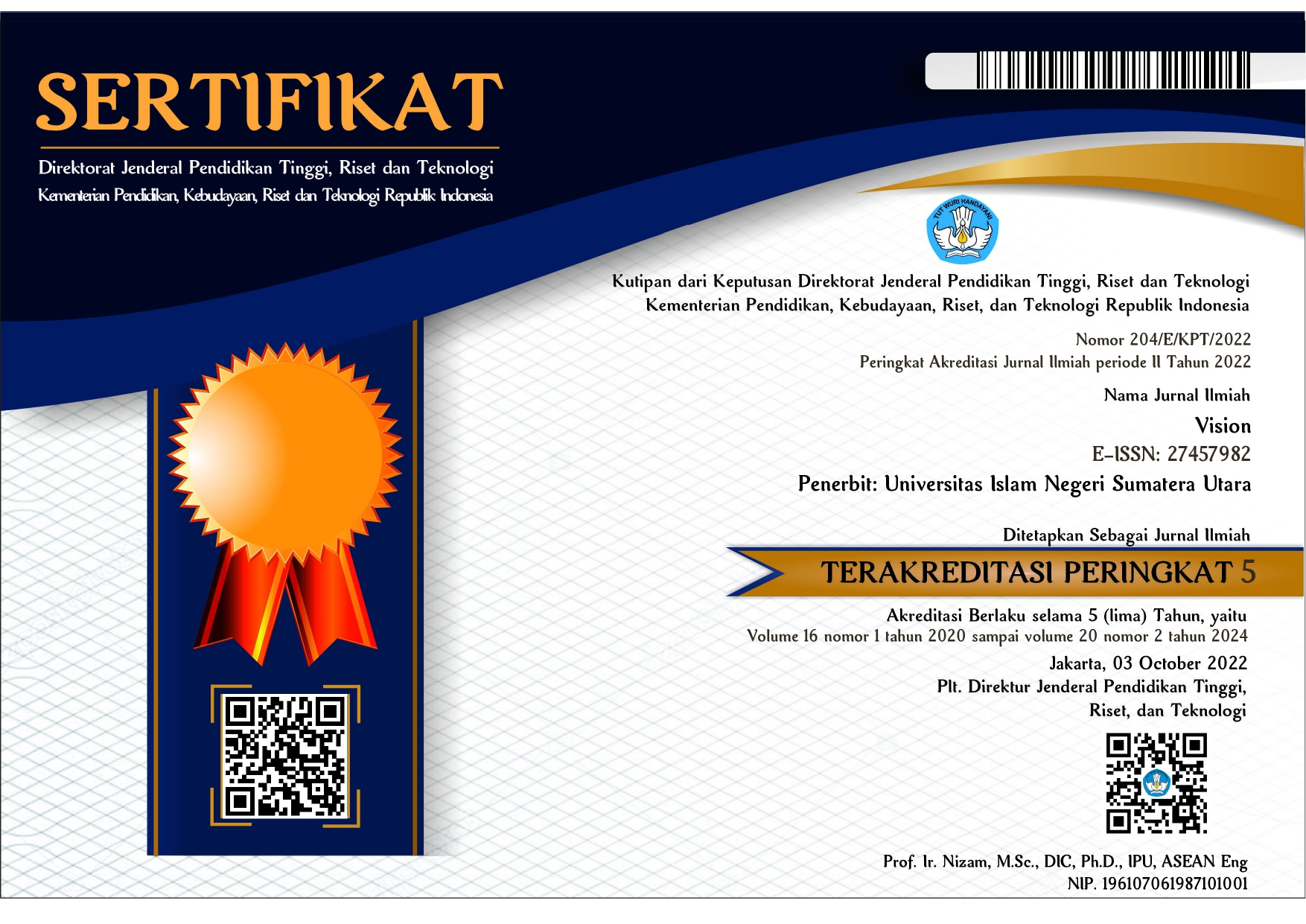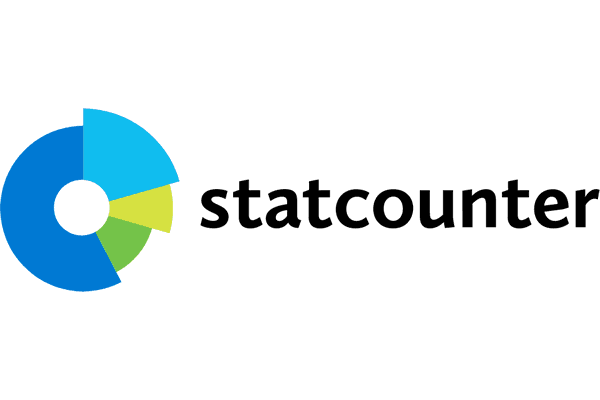IMPOLITENESS COMMENTING ON INSTAGRAM ”KEKEYI”
Abstract
This study aims to find the impoliteness strategies in the
commenting of Instagram. The source of the data is taken
from Instagram account “Kekeyi” a beauty vlogger who viral
because of her uniqueness “using water balloon as sponge”
and her controversy in social media. These situation make her
get Bullying from her followers. The harassment and impolite
language cannot be avoided in the commenting of Kekeyi’s
Instagram. By identifying and analyzing of all the data, the
writer found that there are three strategies of impoliteness
language used by the followers. They are bald on record,
positive impoliteness and negative impoliteness. Based on the
data, the writer also found that positive impoliteness as the
dominant strategy used by her followers. The use of the three
strategies seems as the way of her follower to show their
disappointment toward what Kekeyi did in her posting and
caption were not what they expected. Studying of language
impoliteness is very important to avoid verbal bullying in
social media.
Full Text:
PDFReferences
Bohang, K. F. (2017). Instagram jadi media “cyber Bullying.
https://tekno.kompas.com/read/2017/07/21/12520067/instagram-jadi -media-cyberbullying-number-1?page=all.Author: Fatimah Kartini
Bohang
Cullpeper, J. (1996). “Towards an anatomy of impoliteness.” Journal of Pragmatics 25, 349–367.
Cullpeper, J. (2005). Impoliteness and Entertainment in The Television Quiz Show: The Weaknest Link. Journal of Politeness Research Language, Behavior, Culture., 01(01), 35–72.
Cullpeper, J. (2011). Impoliteness: Using Language to Cause Offence. Cambridge University Press.
Culpeper, J., & Hardaker, C. (2017). Impoliteness. In The Palgrave handbook of linguistic (im) politeness (pp. 199-225). Palgrave Macmillan, London.
Eelen. g. (2001). Kritik Teori Kesantunan. Airlangga University.
Mullany, L. & Stockwell, P. (2010). Introducing English Language: A Resource Book for Students. Routledge.
Pramujiono, A. (2012). Kesantunan Berbahasa Dalam Wacana Dialog Di Televisi. UNESA.
DOI: http://dx.doi.org/10.30829/vis.v16i2.815
Refbacks
- There are currently no refbacks.
Copyright (c) 2020 VISION
















